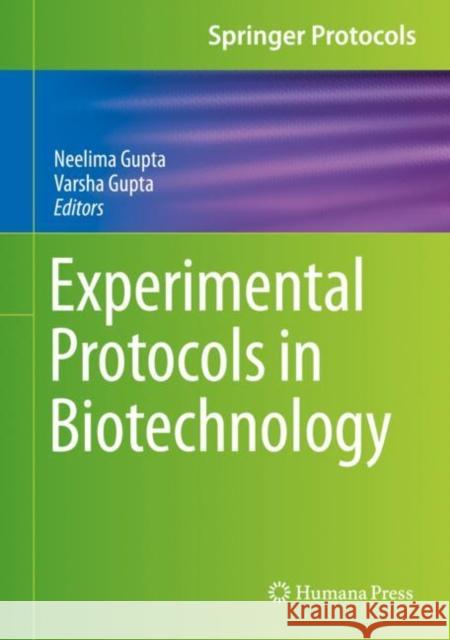Experimental Protocols in Biotechnology » książka
topmenu
Experimental Protocols in Biotechnology
ISBN-13: 9781071606063 / Angielski / Twarda / 2020 / 246 str.
Experimental Protocols in Biotechnology
ISBN-13: 9781071606063 / Angielski / Twarda / 2020 / 246 str.
cena 605,23 zł
(netto: 576,41 VAT: 5%)
Najniższa cena z 30 dni: 578,30 zł
(netto: 576,41 VAT: 5%)
Najniższa cena z 30 dni: 578,30 zł
Termin realizacji zamówienia:
ok. 22 dni roboczych
Bez gwarancji dostawy przed świętami
ok. 22 dni roboczych
Bez gwarancji dostawy przed świętami
Darmowa dostawa!
Kategorie BISAC:
Wydawca:
Humana
Seria wydawnicza:
Język:
Angielski
ISBN-13:
9781071606063
Rok wydania:
2020
Wydanie:
2020
Numer serii:
000389047
Ilość stron:
246
Waga:
0.72 kg
Wymiary:
26.26 x 18.52 x 1.83
Oprawa:
Twarda
Wolumenów:
01











